Ok, I am on a roll here. Photos to be posted later!
Our guide, Mr. Satyendrapal Singh Chandel, met us at our hotel at 6:25 a.m. so we could see the Taj Mahal in the early morning light.
Mr. Singh explained to us that our bus would only be able to get within 1.5 km of the Taj Mahal. From that point, we would board an electric shuttle cart. He told us that there is high security at the entrance to the Taj. “Please do not bring lighters, no scissors, no guns, no candy, no flags, no newspapers, and no bombs.” We giggled because it sounded so absurd, but he was dead serious. In his fast, slurred, mumbled, unarticulated, poor way of speaking, Mr. Singh continued, “Upon arrival at the Taj Mahal, you will be given a paper bag with water and shrappers.” What the heck does he mean? Shrappers? I asked him, “Excuse me, Mr. Singh, what are shrappers?” He takes in a deep breath, clearly frustrated and says, “SHOE WRAPPERS!” Ahhh, those funky little slip-on shoe covers that construction workers wear as to avoid tearing up your interior floors are called “Shoe Wrappers” here in India or “Shrappers” if you are Mr. Singh! Our shrappers were bright red.
We realized today that there is no way to capture the beauty of the Taj Mahal in a simple photograph. The same goes for verbal description. There are no words to describe this place. This monument is simply breathtaking! The Taj Mahal is situated on the Yamuna (also called the Jamuna) River. Shah Jehan built this beautiful mausoleum for his wife Mumtaz after she died giving birth to their 14th child.
Onyx, malachite, jade, turquoise, jasper, coral, rubies, and emeralds were used to create gorgeous flower designs on the translucent nonporous marble. Flower designs include the lotus, the lily, jasmine, poppies, and narcissus. At one point, Mr. Singh showed us a delicate 1.5 inch lotus that is engraved on the marble wall and filled in with 64 tiny perfect pieces of carnelian. Below the lotus, all part of the same stone, the marble was carved to look like a sheet of lace. If the artist made a single mistake with the carnelian rose, he or she would have ruined the whole sheet of marble and would have had to start all over again. I wasn’t able to photograph this unique lotus because cameras weren’t allowed inside. The detailed artistry of the Taj Mahal is the work of many geniuses.
The marble used to make the Taj came from 360 km away from the town of Makarana. It was mainly transported from the marble quarries of Makarana to Agra by elephants. It took 22 years to complete this masterpiece. The Taj Mahal has been plundered several times, but the invaders were never able to destroy the beauty of this architectural wonder.
It is no wonder that 10 million tourists come here every year! Everything in the Taj Mahal is octagonal. The architecture gave me the impression that I was looking at a series of mandalas, an archetype that shows up again and again the human psyche in the realm of sacred geography.
At the very center of the actual tomb inside the Taj Mahal, Shah Mumtaz’s epithet says:
When Mumtaz died
Angels were at her side.
May Heaven be her seat forever.
Shah Jehan’s bigoted fanatical Muslim son accused his father of two great crimes. One was that in addition to having Koranic verses engraved into the marble walls, Shah Jehan wrote his own verses in Arabic praising Allah and had those inscribed into the walls. He dared, it seemed, to rival the sacred scriptures of the Koran. The other crime was that he rivaled God in his creation of perfection. To right this “wrong”, Shah Jehan’s son upset the perfect symmetry of the Taj Mahal by placing his father’s grave next to his mother’s grave. Mumtaz’s grave is set smack in the middle of the mausoleum which meant that Shah Jehan was placed to her side. The wicked son did this when all along he knew that his father wished to have his own black marble mausoleum monument build across from the Taj Mahal, so as not to upset the perfect balance he had created.
As we continued with this tour of the Taj with Mr. Singh, I really missed Arvind. Arvind’s explanation of the story behind the Taj Mahal last year when I toured with him was so passionate and exciting. Arvind spoke of the power of love, of how Mumtaz helped Shah Jehan go from wicked ruthless ruler to a compassionate human being. Through her own example and her immense love of her husband, Shah Jehan, Mumtaz taught her husband what it is to be truly human. Her great love and wisdom guided him to become a peaceful philanthropic ruler. He felt an immense gratitude to her for helping him to turn towards the light and this perfect memorial is a testament of his love for her.

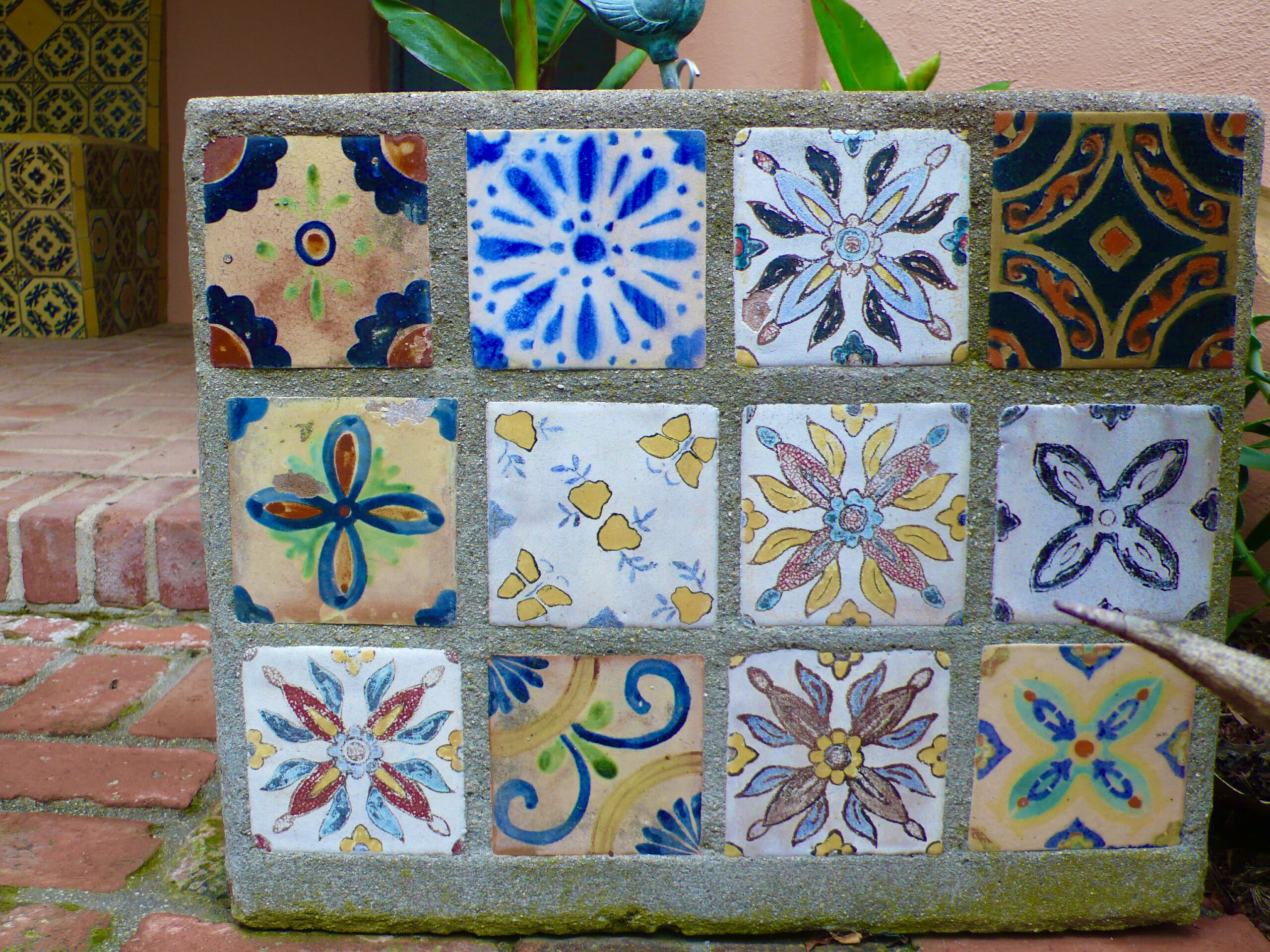
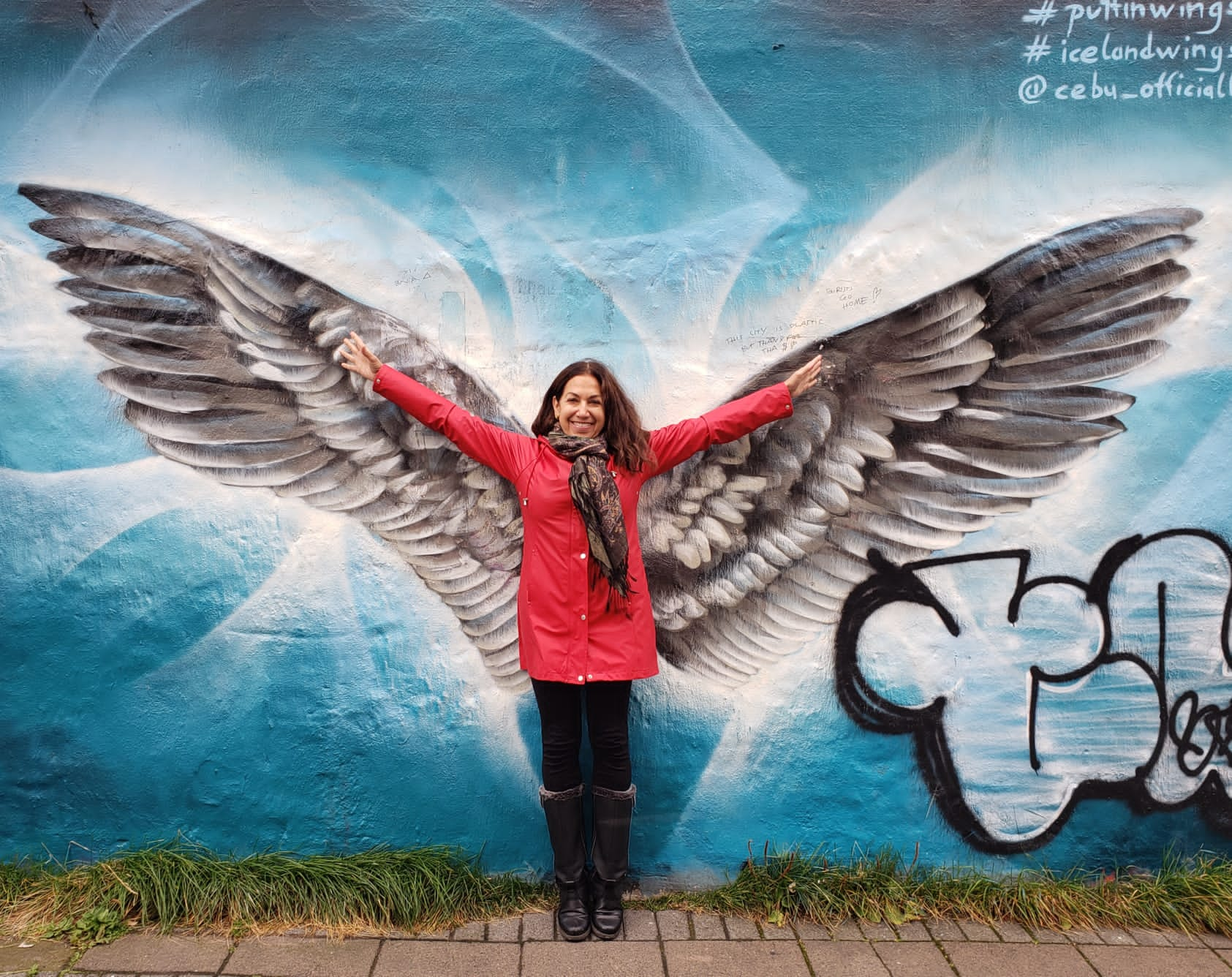
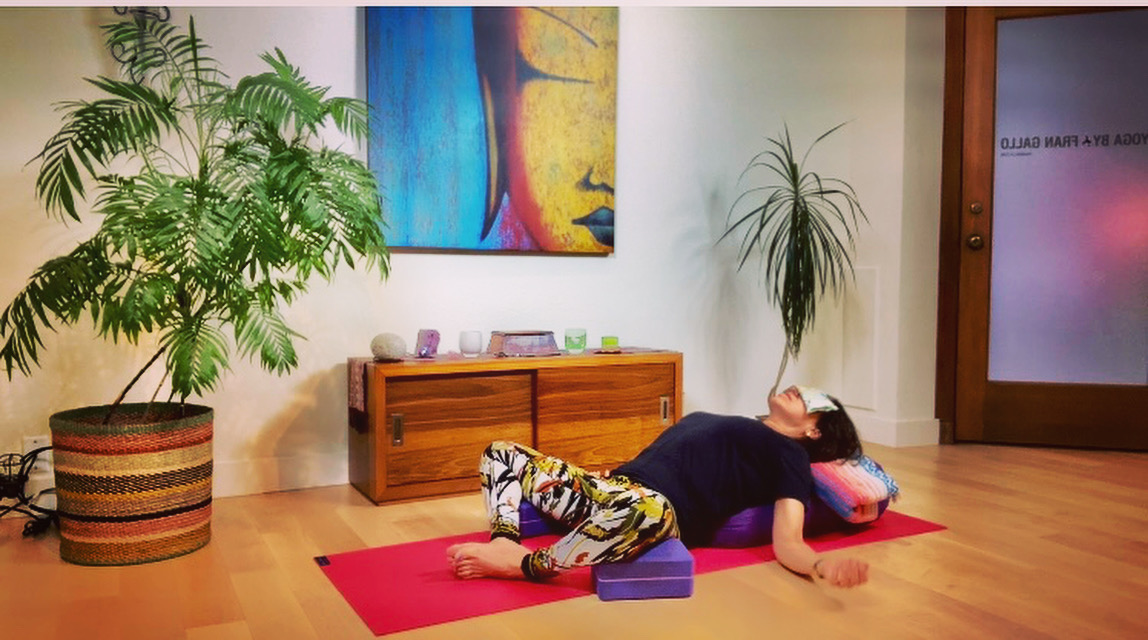
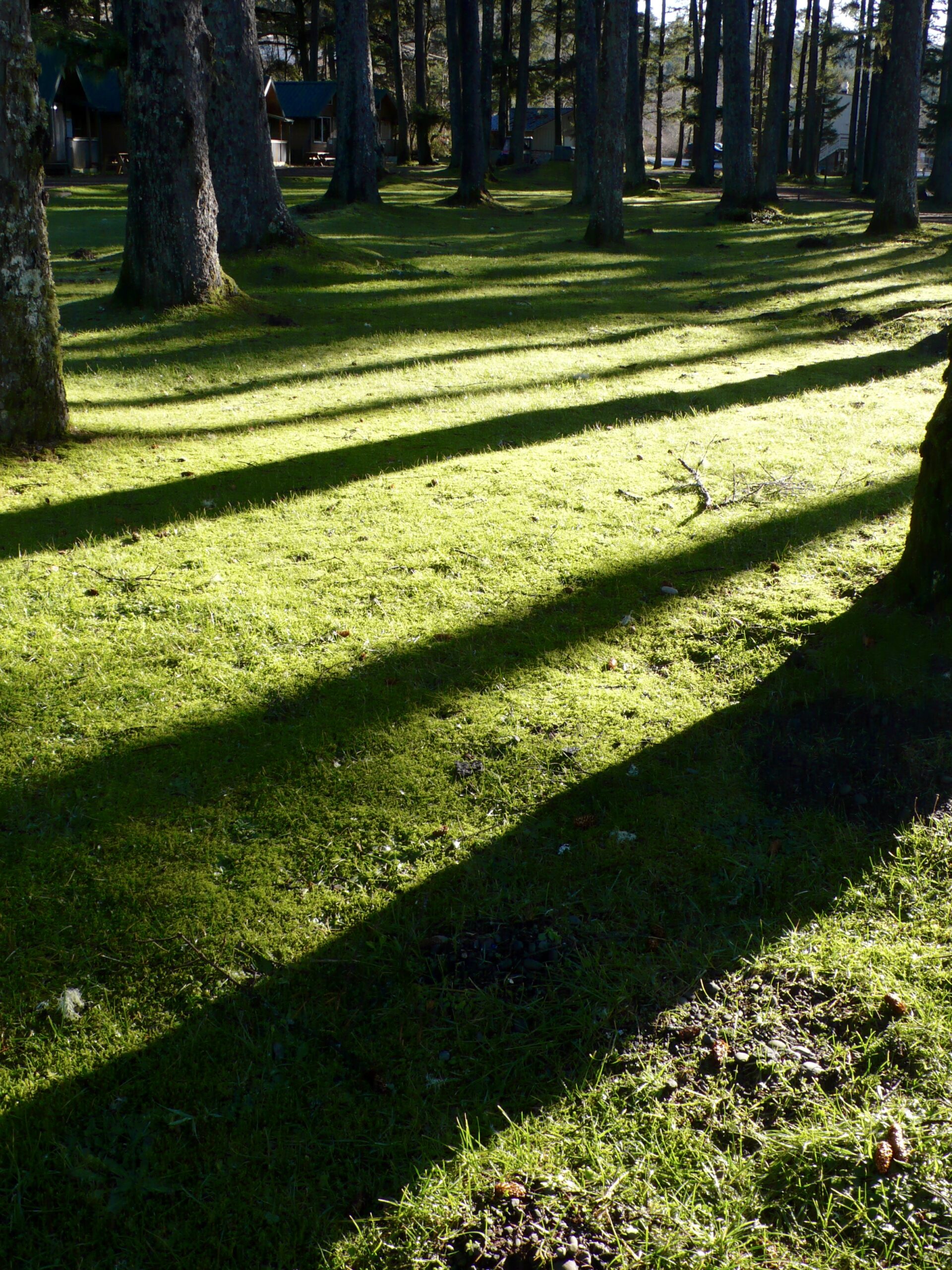
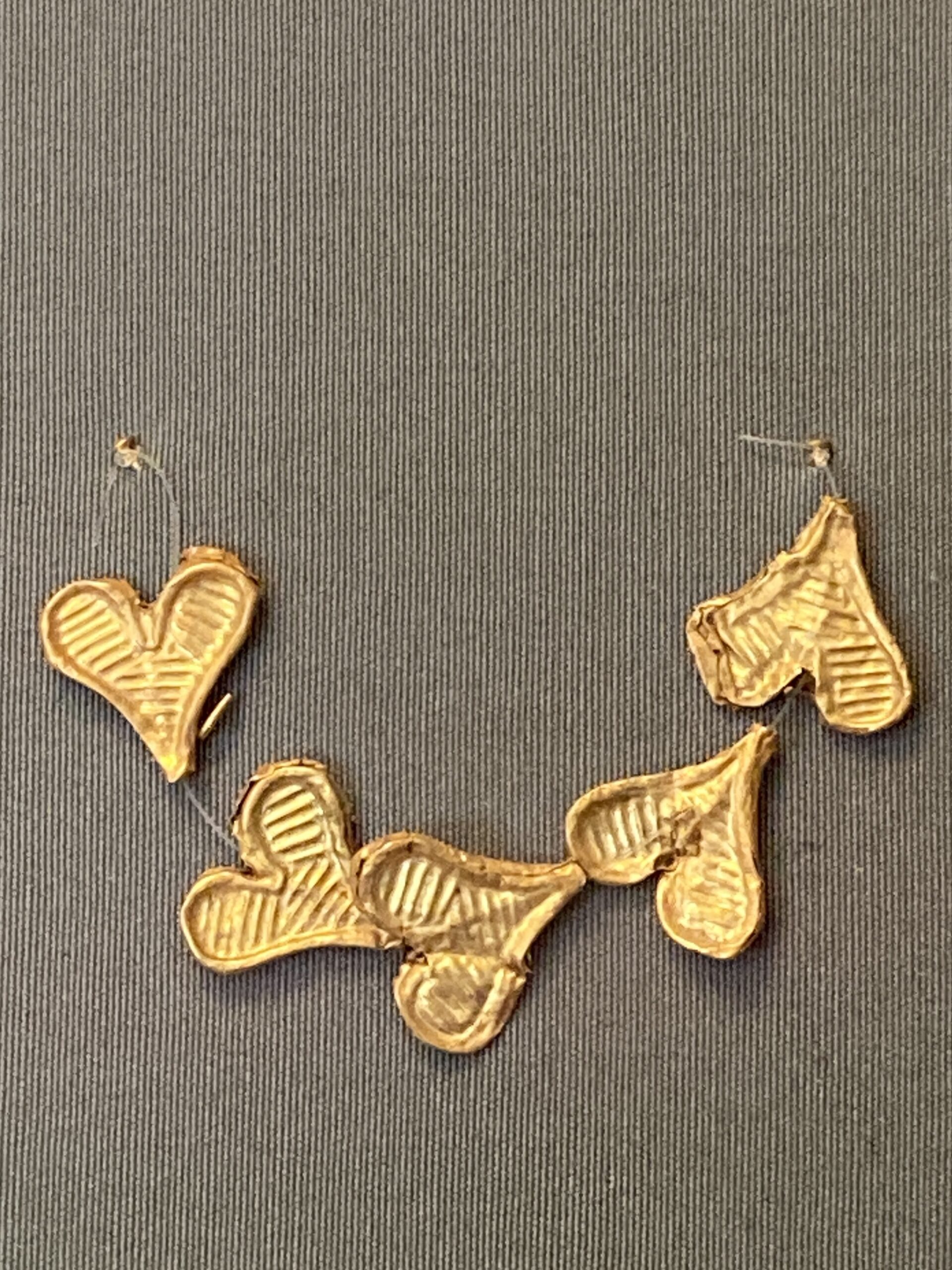
Your writings and photograpy keep me captivated with the drama of India…bless you, Fran for sharing your gifts…xoxo..mk